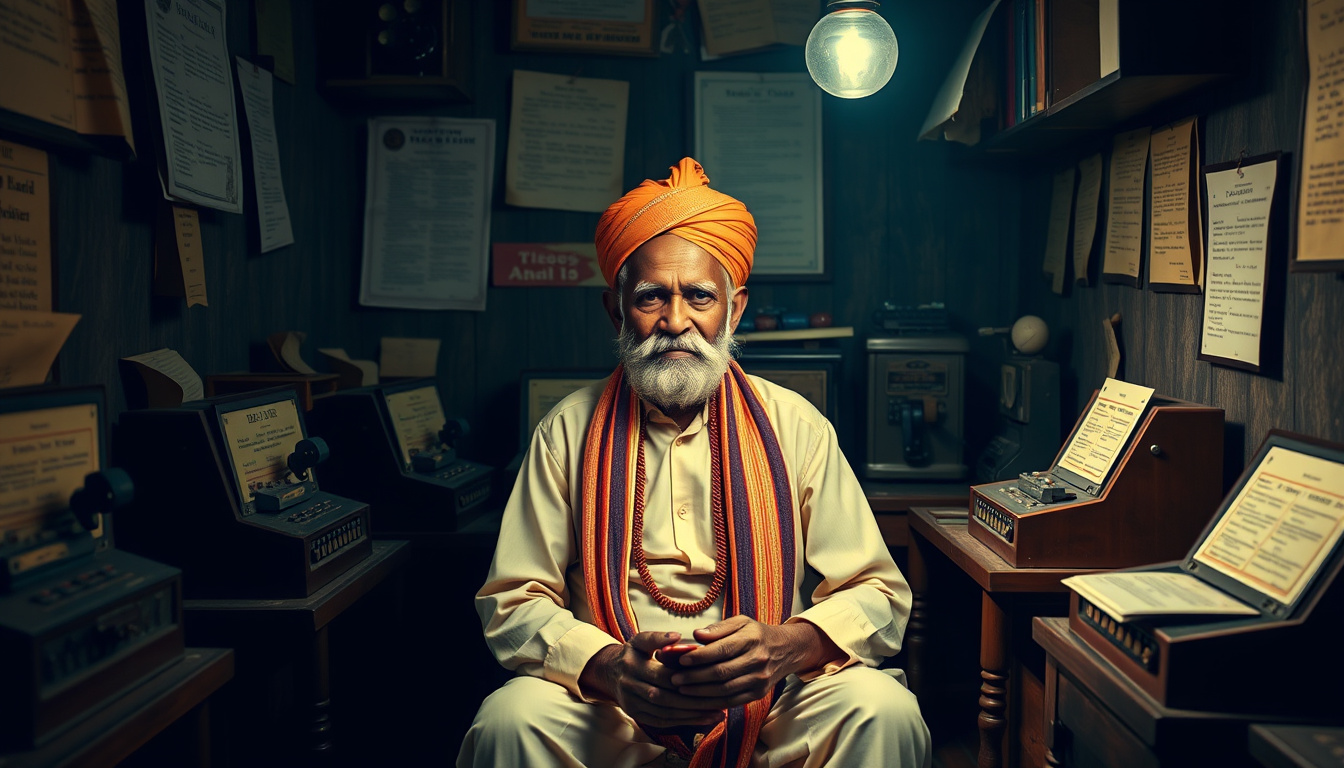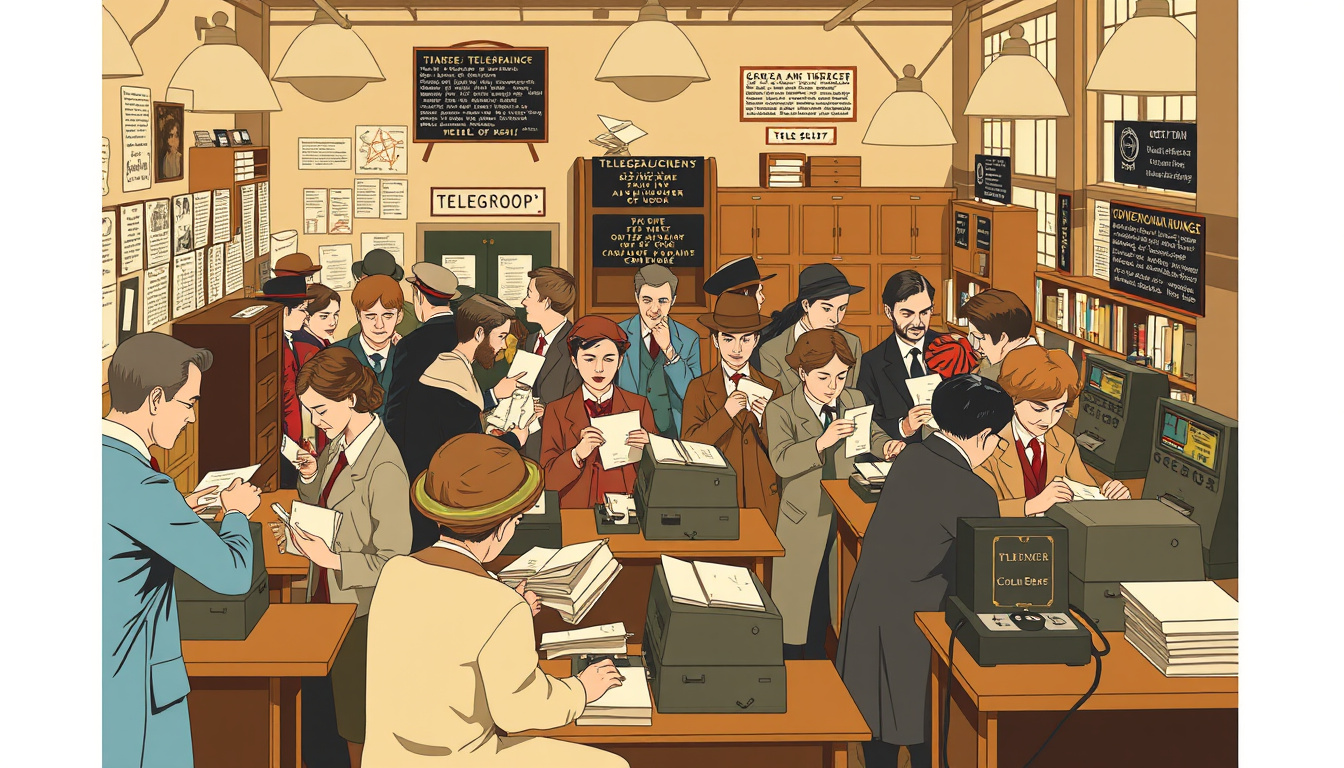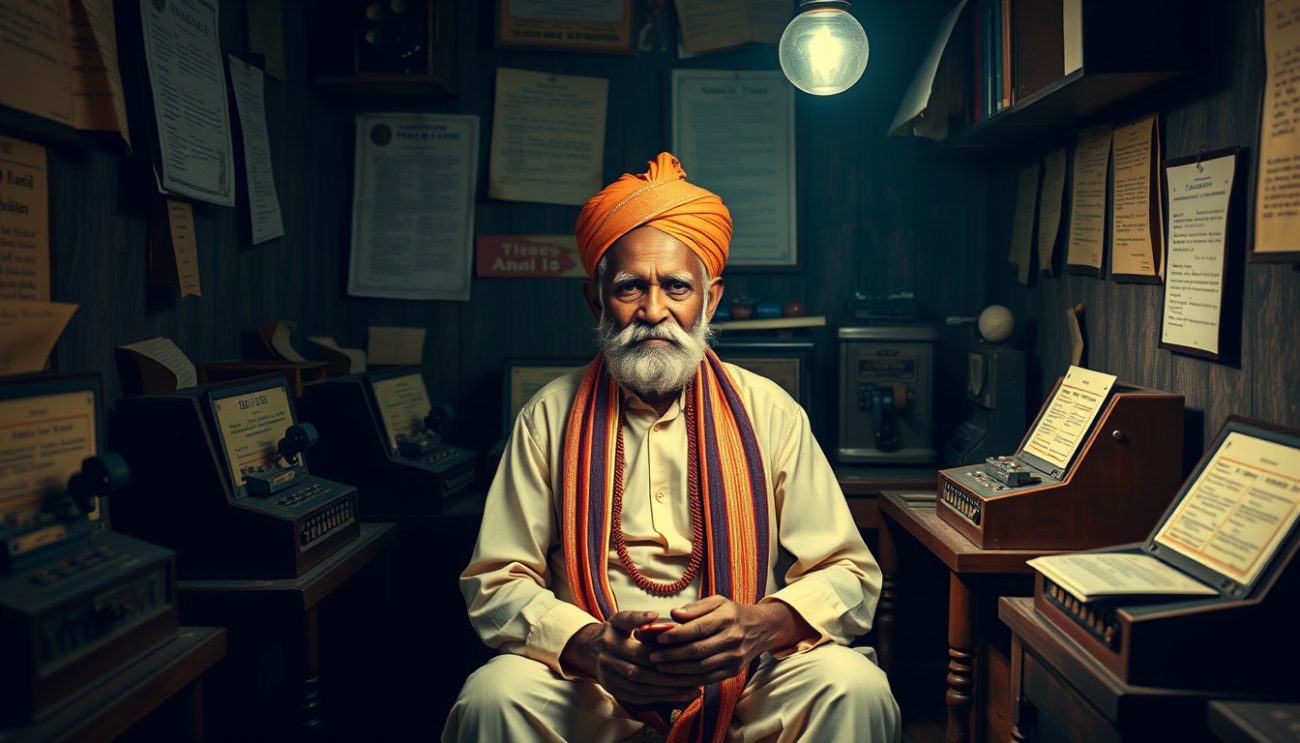In an age dominated by instant messaging and social media, the role of traditional communication methods often gets overlooked. However, one iconic form of communication that carries a rich legacy in India is the telegram, often heralded by the last telegram messenger as a symbol of a bygone era. This article delves into the historical significance of telegrams in India, exploring the rise and fall of telegram services, their social and cultural impacts, and how modern communication technology has altered our interactions. Furthermore, we will address the nostalgia associated with this once-revered method and what the future holds for telegrams in India.

Key Takeaways
- Telegrams historically played a critical role in communication across India.
- The telegram service has drastically declined due to the advent of modern technology.
- Socially, telegrams served as a vital link during significant societal events.
- The rise of digital communication has overshadowed traditional telegrams.
- Efforts are being made to preserve the nostalgic legacy of telegram messaging in India.
Historical Significance of Telegrams in India
The historical significance of telegrams in India cannot be overstated, as they played a pivotal role in communication during the pre- and post-independence eras. Introduced in the late 19th century, telegrams became a vital means of conveying urgent messages across vast distances, especially in a country characterized by its immense geographical diversity and linguistic variety. As the years went by, the telegram evolved into an essential tool for government officials, businesses, and the general public, marking important events such as births, deaths, and emergencies. However, with the advent of digital communication and the rise of instant messaging apps, the era of the telegram has tragically diminished, leading to the title ‘The Last Telegram Messenger: A Dying Art in India.’ This transition not only highlights the technological evolution within the communication landscape but also signifies a cultural shift, as traditional methods of connection, once vibrant and widely used, are gradually fading into obscurity. Though modern technology offers numerous advantages, the emotional resonance and personal touch of sending a telegram are memories that many cherish, making its decline a poignant reflection of changing times in India’s communication story.
The Rise and Fall of Telegram Services
The Last Telegram Messenger: A Dying Art in India reflects the poignant transition of communication methods in this vast country. Historically, telegram services played a crucial role in connecting people, especially in situations involving urgent news such as births, deaths, or important announcements. However, with the advent of modern technology, including instant messaging and email, this once-revered service has seen a steep decline in usage. The rise of digital platforms not only expedited communication but also transformed social interactions, rendering the telegram almost obsolete. In 2013, the Indian government officially discontinued the telegram service, marking the end of an era. Nonetheless, the nostalgia attached to telegrams remains significant among many who view it as a symbol of traditional communication. As we delve deeper into the factors contributing to the decline of telegram services, it becomes essential to appreciate the cultural impact it once had and understand how this dying art mirrors the evolution of communication in India.
‘In a world where technology has simplified communication, we often forget the beauty of the written word and the emotions behind a simple telegram.’

Social and Cultural Impact of Telegrams
In the digital age, where instant messaging apps dominate communication, the art of sending telegrams has nearly faded away, making ‘The Last Telegram Messenger: A Dying Art in India’ a poignant topic to explore. Telegrams once played a vital role in connecting families during significant occasions and emergencies, serving as a lifeline of news and an essential means of communication across the vast subcontinent. The cultural significance of telegrams in India is deeply rooted, as they were often the preferred method to convey heartfelt messages, celebrate festivals, or announce moments of joy, such as births and weddings. As technology has shifted towards more immediate forms of communication, such as SMS and social media, the emotional nuance captured in telegrams has been largely lost, marking a significant change in social interactions. The decline of telegram services symbolizes a broader transformation in Indian society, where traditional values and methods of communication are increasingly overshadowed by rapid technological advancements. Yet, for many, the telegram remains a cherished memory, symbolizing an era where distance was bridged with a few carefully chosen words, reminding us of the profound social and cultural impact that this once-vital form of communication had in shaping personal connections and community bonds.
Modern Communication Technology and Its Effects
In today’s fast-paced digital world, modern communication technologies have revolutionized the way we connect, share, and disseminate information. However, amidst the rise of instant messaging apps and social media platforms, there remains a poignant relic of the past that reflects the changes in communication—The Last Telegram Messenger: A Dying Art in India. The telegram, once a crucial medium of communication, has seen a steep decline due to the advent of mobile phones and the internet. This shift highlights not only the rapid technological advancements but also the cultural and emotional significance attached to traditional forms of communication like the telegram. As we delve into the effects of modern communication technology, it’s essential to recognize how the decline of telegram services in India symbolizes a broader transition in interpersonal interactions, where convenience often supersedes the personal touch that a telegram once provided. Today, the fading presence of telegrams is not just a commentary on communication methods but also a reflection of changing relationships and societal norms in an increasingly digital landscape.

Preserving the Legacy: Nostalgia and Future of Telegrams in India
In an age of instant messaging and digital communication, the art of sending telegrams is slowly fading into obscurity in India. Known as ‘The Last Telegram Messenger: A Dying Art in India,’ telegrams were once a primary means of urgent communication, especially in the pre-internet era. Despite the rise of more modern technologies, there is a certain nostalgia associated with telegrams that evokes memories of heartfelt messages delivered neatly folded and stamped. The government officially discontinued telegram services in July 2013, marking the end of an era. However, there remain passionate advocates and nostalgic individuals who seek to preserve the legacy of this unique form of communication. As we delve into the future, we recognize a growing interest in reviving telegrams as a personalized gift option for special occasions, where people can convey messages in style, adding a touch of vintage charm to their communications. With the resurgence of handcrafted items and personalized experiences, the unique allure of telegrams may find a small but significant place in the hearts of many Indians, even in this fast-paced digital age.
Frequently Asked Questions
What is the historical significance of telegrams in India?
Telegrams played a crucial role in communication in India, especially during colonial times and the post-independence era, serving as a vital means for delivering important messages quickly.
Why did telegram services decline in India?
The decline of telegram services in India is attributed to the rise of modern communication technologies, such as mobile phones and internet messaging, which provide quicker and more convenient alternatives.
What social and cultural impact did telegrams have on Indian society?
Telegrams contributed to significant cultural moments, such as wedding invitations and urgent news delivery, often being associated with strong emotions and important life events.
How has modern communication technology affected the perception of telegrams?
Modern technology has rendered telegrams largely obsolete, leading to a decline in their emotional and social significance, as instant messaging and social media take precedence.
Is there any effort to preserve the legacy of telegrams in India?
Yes, there are nostalgic efforts to preserve the legacy of telegrams, including exhibitions and campaigns to keep the memory alive, showcasing their historical importance in Indian culture.
